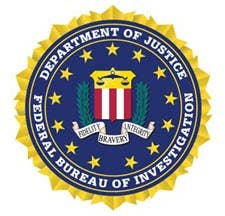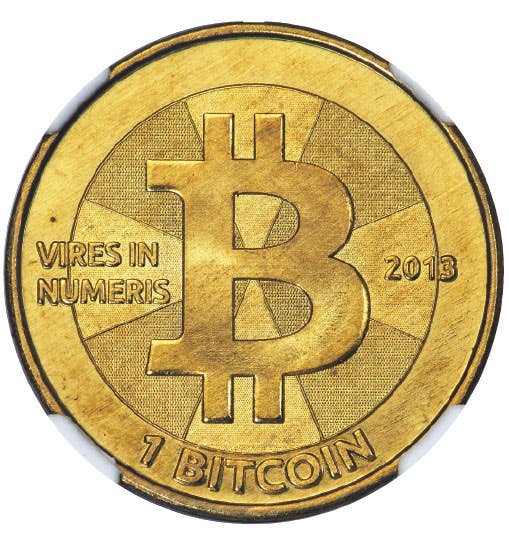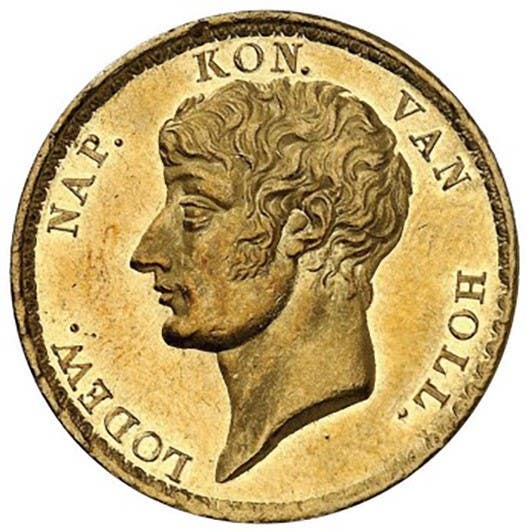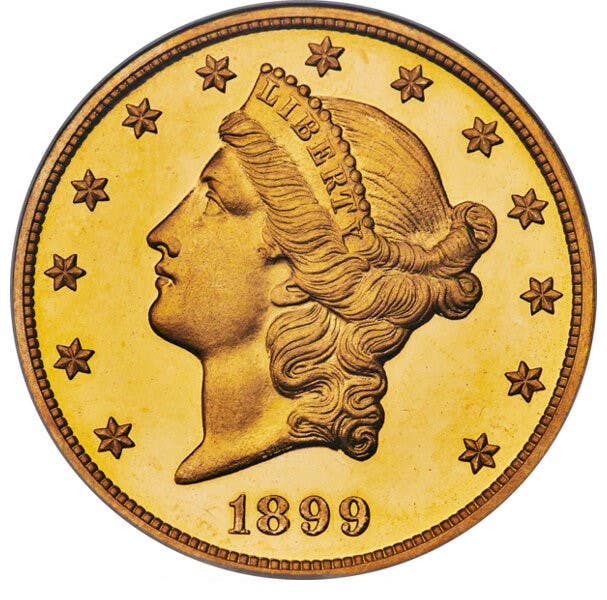The 1796 Quarter
There are not many coins in the history of the United States about which it can truly be said that they are both very scarce and very historic, but both…
There are not many coins in the history of the United States about which it can truly be said that they are both very scarce and very historic, but both things apply to the 1796 quarter, and that makes it a very special coin.
The 1796 quarter has a very secure place in history as it was the first quarter of the United States. The fact that it was not produced until 1796 is perhaps a good indication as to how low a priority producing quarters really was at the time.
If you check back, the coins including a quarter had been authorized back in 1792. In fact, no coins were produced until 1793 when only half cents and cents were produced as the only denominations produced that year had to be copper, as silver and gold could not be produced until a bond was posted. The officials involved were either unwilling or unable to post the bond so while the nation waited for coins, Secretary of State Thomas Jefferson had to straighten out the bond problem.
There were other problems as to when silver and gold coin production could begin in 1794; the first attempts at silver dollars are believed to have been not all that successful. In fairness, a total of 1,758 dollars were produced but the general belief is that they were the total deemed acceptable out of perhaps 2,000 attempted. After the dollars came half dollars. That might give you ideas that they were working down in denominations but the quarter was not next. Rather, in 1795 there was a group of 1794-dated half dimes along with the first gold coins and additional numbers of some of the denominations already produced. The quarter would have to wait until 1796.
With all that waiting, we would assume that the 1796 quarter would have a very large mintage. If you can call a paltry 6,146 pieces very large, then it was a large mintage but realistically there is no reason to spin it – the total was paltry.
Under the circumstances, with the nation having a dire coin shortage, the assumption would be that the following year there would be a large quarter mintage. In fact, there was no quarter mintage at all in 1797. Moreover, there was no additional quarter production until 1804.
There really is no good way to explain the situation. The quarter was apparently not a priority at the early Mint. The facility was not the best but it could produce a reasonable number of coins even back in 1797. The coins it did produce were just not quarters.
The situation lends itself to examples of the 1796 quarter being in lower grades. After all, there was a national coin shortage so even an upper denomination like a quarter would have heavy use. Then there is that additional factor in that after producing just over 6,000 examples, there was no additional production of the quarter until 1804 and that certainly does not help to keep examples in upper grades. Under the circumstances, having any examples, especially in upper circulated grades, is not very likely.
Examining the situation with the 1796 quarter, we find that it was listed at $4,350 in G-4 back in 1998 while an MS-60 was placed at $28,000 with an MS-65 at $125,000. Today, those levels are $12,000 for a G-4 and $70,000 for an MS-60, while an MS-65 is $375,000. Actually, it has been interesting as before reaching their new higher levels, both the G-4 and MS-60 dropped below the 1998 levels before surging to their current prices.
Naturally, it is worth checking to see just how rare the 1796 appears to be according to the grading services. At Professional Coin Grading Service (PCGS), they report 252 have been graded and of that total, 31 were at least MS-60. The breakdown in MS-65 or better shows three in MS-65, one in MS-66 and two in MS-67. At Numismatic Guaranty Corporation (NGC), with a total of 117 graded, the total in MS-60 or better is 25. In MS-65 or better, NGC reports four in MS-65 along with two in MS-66 and one in MS-67.
The totals actually tend to confirm what some have claimed, which is that it appears that at least a few examples of the new quarter-dollar back in 1796 were apparently saved by someone at the time. That would help to explain the number in Mint State and the number in MS-65 or better, as those coins not only had to be well-struck, but they also had to have good care for over two centuries as being passed around to small grandchildren or curious friends would have dropped their grade. They are truly treasures of American numismatics but, in reality, any 1796 qualifies for that title as it remains a very scarce coin and one with a very important place in history.









